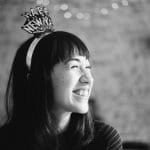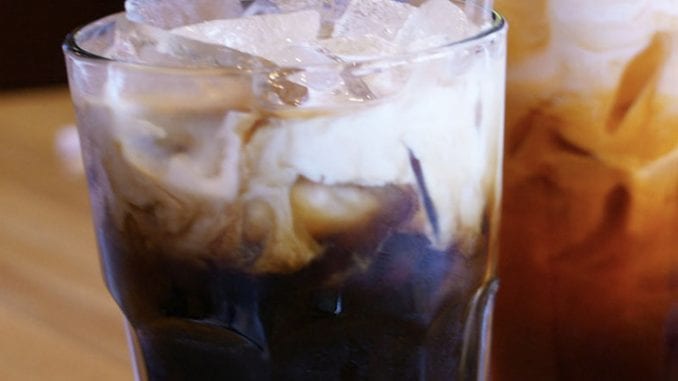
We continue our exploration of traditional beverages served every day in countries throughout the globe.
BY KATRINA YENTCH
BARISTA MAGAZINE ONLINE
Cover photo by Sunnyside Circus
Last year, we explored the ingredients of several traditional drinks in-depth, and recently, we covered a series of brewing methods and devices that coffee drinkers across the world use, like the café phin and the vandola. This week, we learn a little more about traditional coffee beverages that are served in several different countries, from Thailand to Cuba. If there’s one thing we all love as evidenced by these drinks, it’s plenty of sugar!
Oliang – Thailand
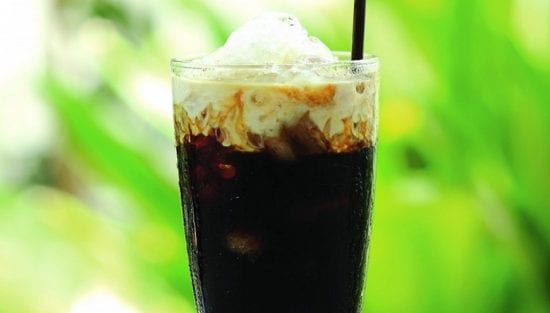
It’s over 25 degrees Celsius (77 degrees Fahrenheit) in Thailand most of the year, so it makes sense that coffee over ice is the norm. The oliang comes from the Thai-Chinese population in the country, whose Teochew dialect translates oliang as “o” for black and “liang” for cold. For a quick fix, a powder of the premade coffee exists now, but to make it from scratch you can blend coffee with items like cardamom, sesame seeds, soybean, and rice. After this coffee is brewed through a sock filter, it gets poured over ice and added to condensed milk—the true sweetener of Asia.
Egg coffee – Vietnam, Sweden, Indonesia
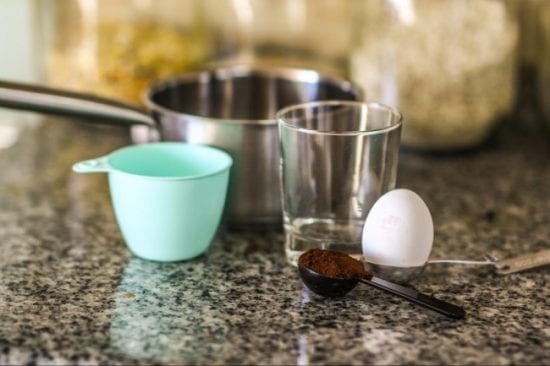
If whiskey sours made with raw egg whites already make you apprehensive, you might question the validity of egg coffee, which has ingredients varying between the several countries that make this sweet, “protein-filled” beverage. However, the egg emulsifies as it is shaken, which makes it safe to consume in coffee. Vietnam’s cá phe trung and Indonesia’s kopi telur combine egg yolks with a mixture of different sugars, condensed milk, and strong dark coffee, while Sweden’s version of egg coffee fuses coarsely ground coffee with a raw egg, boiling water, and cold water. The history of Sweden’s egg coffee, also called “Lutheran Church Basement Coffee,” comes from the Swedish migrant population of the U.S., who salvaged low-quality coffee grounds to make the drink. Vietnam’s version of egg coffee comes from a similar historical standpoint; when there was a milk shortage in Hanoi in the 1940s, a bartender discovered that whipped egg yolks with sugar could be just as creamy of a caffeinated treat.
Café de olla – Mexico
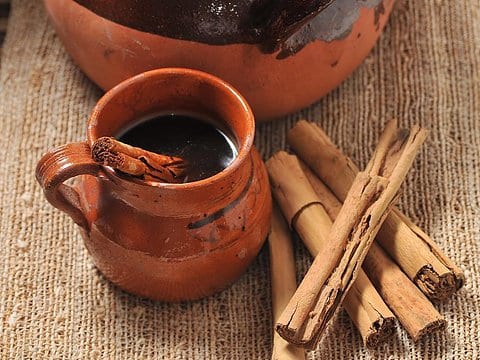
If there is one drink you could expect to find in a grandmother’s kitchen in Mexico, it’d be café de olla. The drink, whose name translates to “pot coffee,” has been around since the 18th century, when coffee first arrived to the port of Veracruz during the Mexican Revolution. Café de olla is made by brewing coffee with cinnamon, piloncillo (similar to brown sugar), cloves, and orange peel. Today, it is a ubiquitous family favorite found in restaurants, homes, and plenty of cafés, of course.
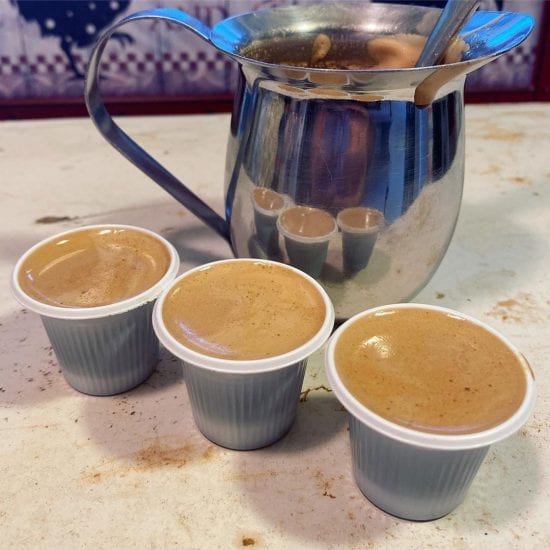
Café Cubano – Cuba
Café Cubano is also referred to as a cafecito (little coffee) or Cuban espresso. Coffee first came to Havana in 1748 but didn’t explode as a popular export until the 1940s. It eventually declined as a crop during the Cuban revolution, but has become an essential part of Cuban coffee culture, as it is consumed several times a day alongside meals and/or during socialization with others. It’s also made a place for itself in the heart of Miami—one of the U.S. cities with the highest Cuban population. Typically made with dark Spanish and Italian roasts (Café Bustelo is a crowd favorite), a café Cubano is simply a very strong shot of espresso made from either an automatic machine or moka pot. A splash of the coffee, however, is whisked vigorously with sugar, creating a thick layer of “sweet cream” that the rest of the espresso is poured over again—a creamy, satisfy treat. If you’re a barista who has been asked to put a packet of sugar directly into the portafilter for a customer’s espresso order, this may be why!
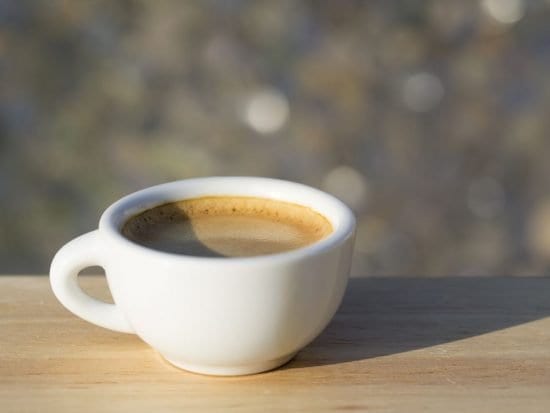
Yuenyeung /Kopi cham/spreeze – Hong Kong, Malaysia, Ethiopia
Three parts coffee, one part black tea, this drink “marries” the two beverages together, as the name yuenyeung literally translates to “lovebirds tea” in Cantonese. The origin of this coffee-tea beverage comes from street vendors and local cafés in Hong Kong, and today’s version exists nearly everywhere in the city, whether it’s a local food stall or inside a mall. To make it, mix coffee with Hong Kong-style milk tea—which is black tea mixed with condensed milk, of course.

